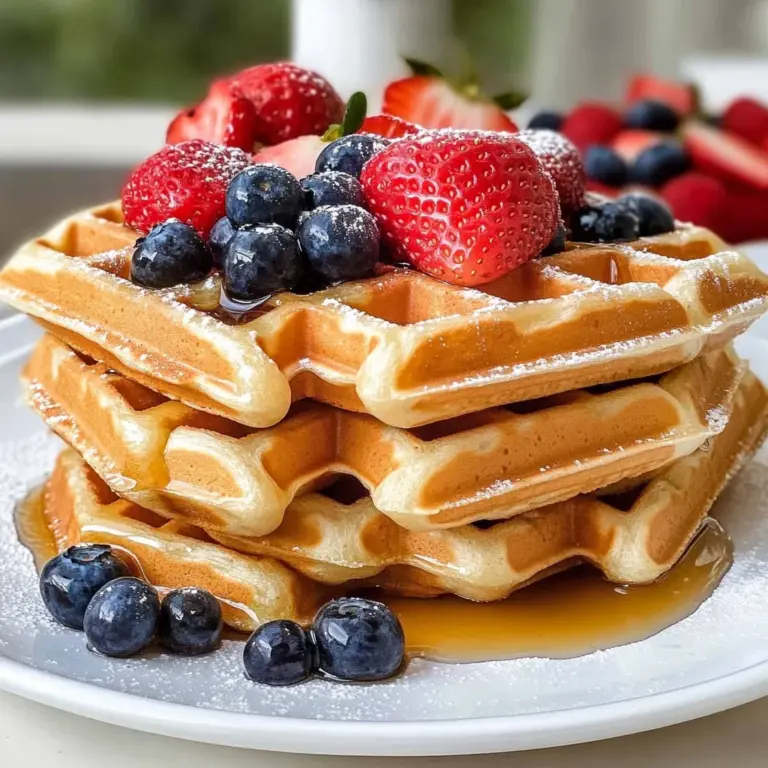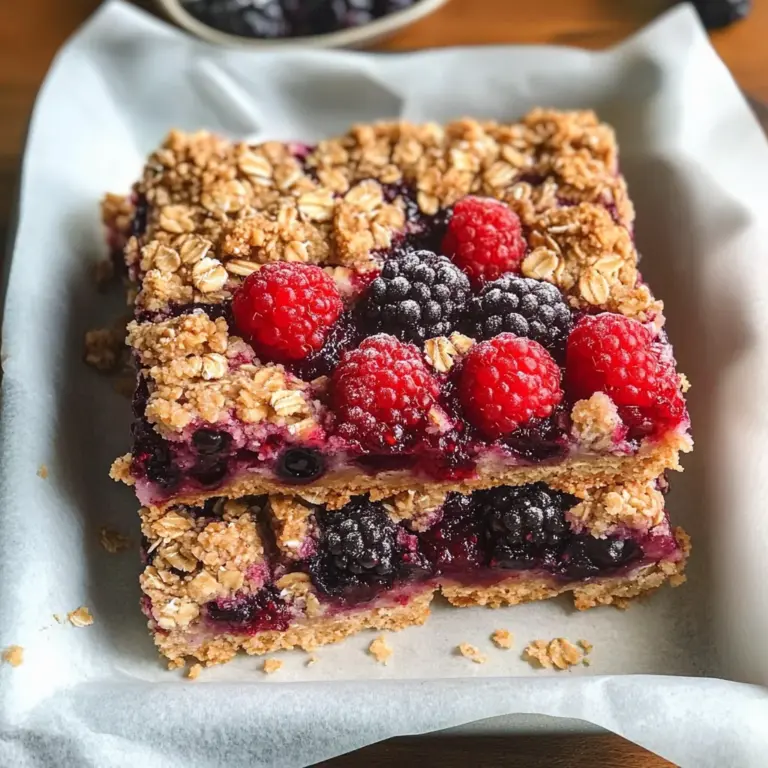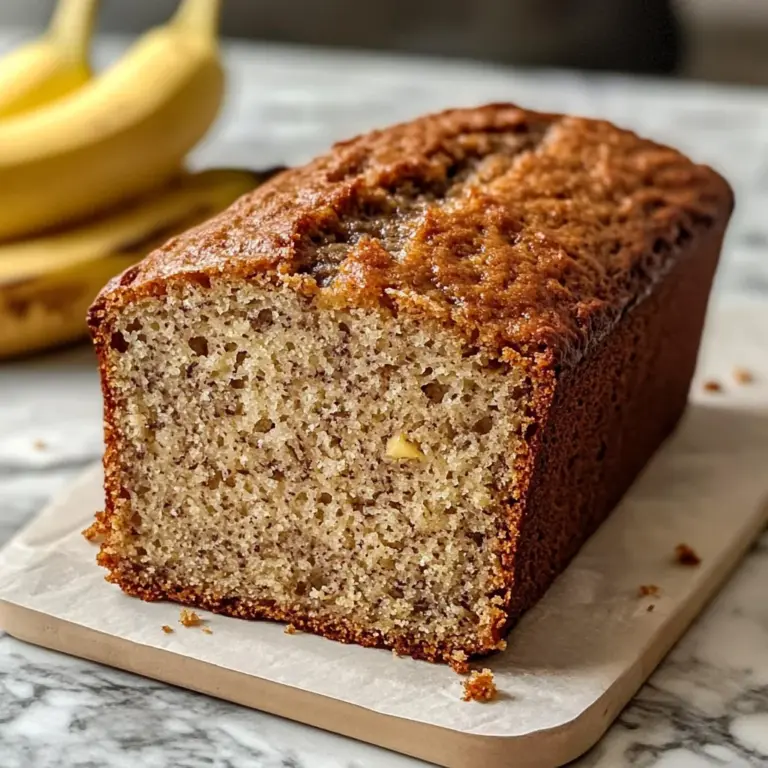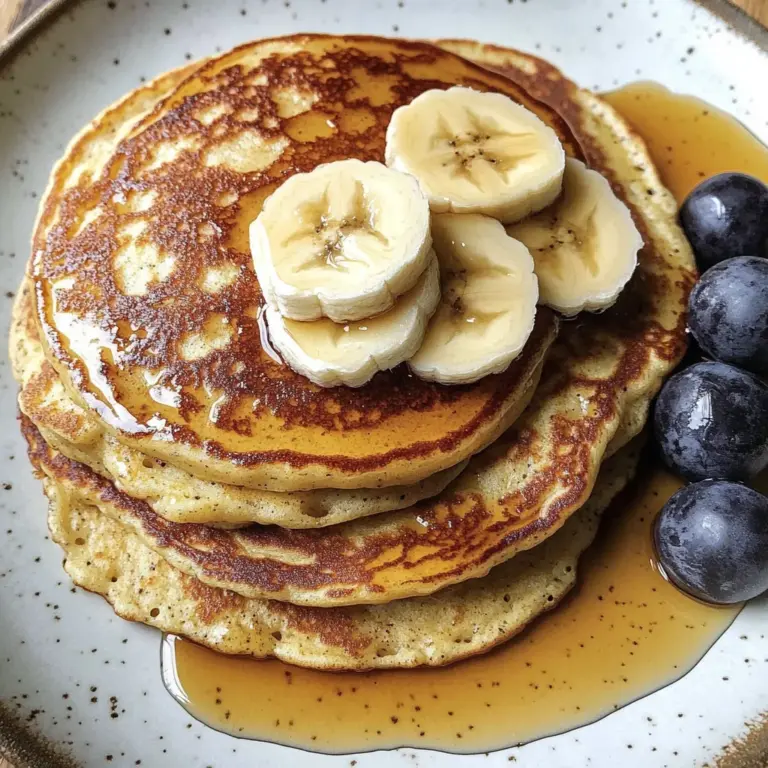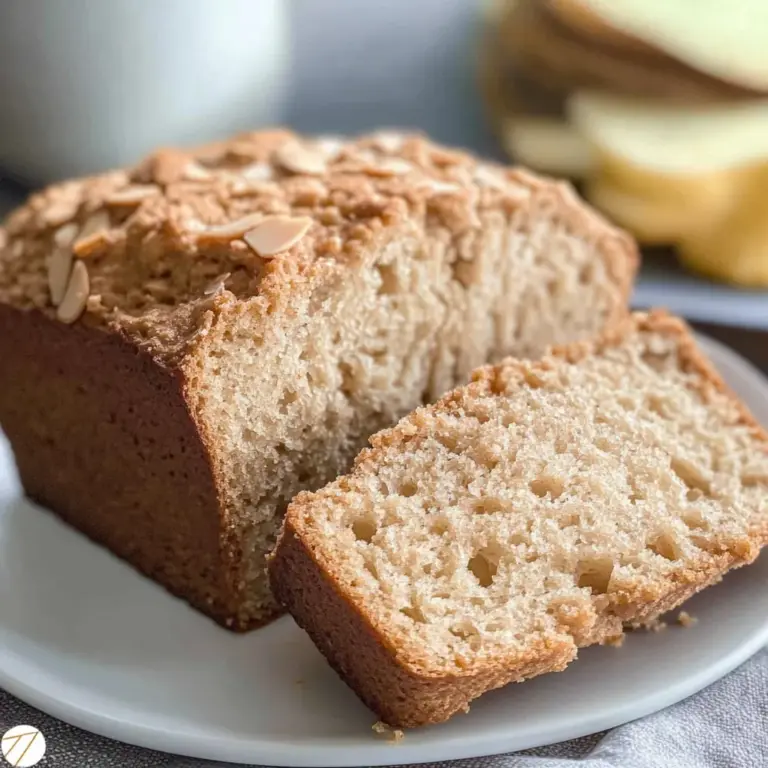Gluten-Free Pita Bread
This Gluten-Free Pita Bread is a game changer for anyone craving soft, fluffy flatbread without gluten! Perfect for wraps, dips, or as a side with your favorite dishes, this pita bread is incredibly easy to make at home. With just five simple ingredients and a quick process, you’ll find yourself reaching for this recipe time and again for gatherings, picnics, or cozy nights in.
Why You’ll Love This Recipe
- Quick Preparation: You can whip up this pita bread in just 30 minutes, making it an ideal choice for last-minute meals.
- Versatile Uses: Enjoy it with dips like hummus, use it as a wrap for sandwiches, or serve alongside soups and salads.
- Healthy Ingredients: Made with wholesome ingredients like rice flour and tapioca flour, it’s a nutritious alternative to store-bought options.
- Vegan-Friendly: This recipe contains no animal products, making it suitable for various dietary preferences.
- Cost-Effective: Save money by making your own gluten-free pita at home instead of buying expensive pre-made versions.
Tools and Preparation
Before you start baking your gluten-free pita bread, ensure you have the necessary tools ready. Having the right equipment will streamline the process and help you achieve perfect results.
Essential Tools and Equipment
- Mixing bowl
- Measuring cups
- Measuring spoons
- Rolling pin
- Baking sheet
Importance of Each Tool
- Mixing bowl: A sturdy mixing bowl is essential for combining all the ingredients thoroughly.
- Measuring cups: Accurate measurements are crucial in baking; using measuring cups ensures consistency in your dough.
- Rolling pin: This tool helps shape your dough into even rounds, essential for uniform cooking of the pitas.
- Baking sheet: A good-quality baking sheet ensures even heat distribution while baking your pita bread.
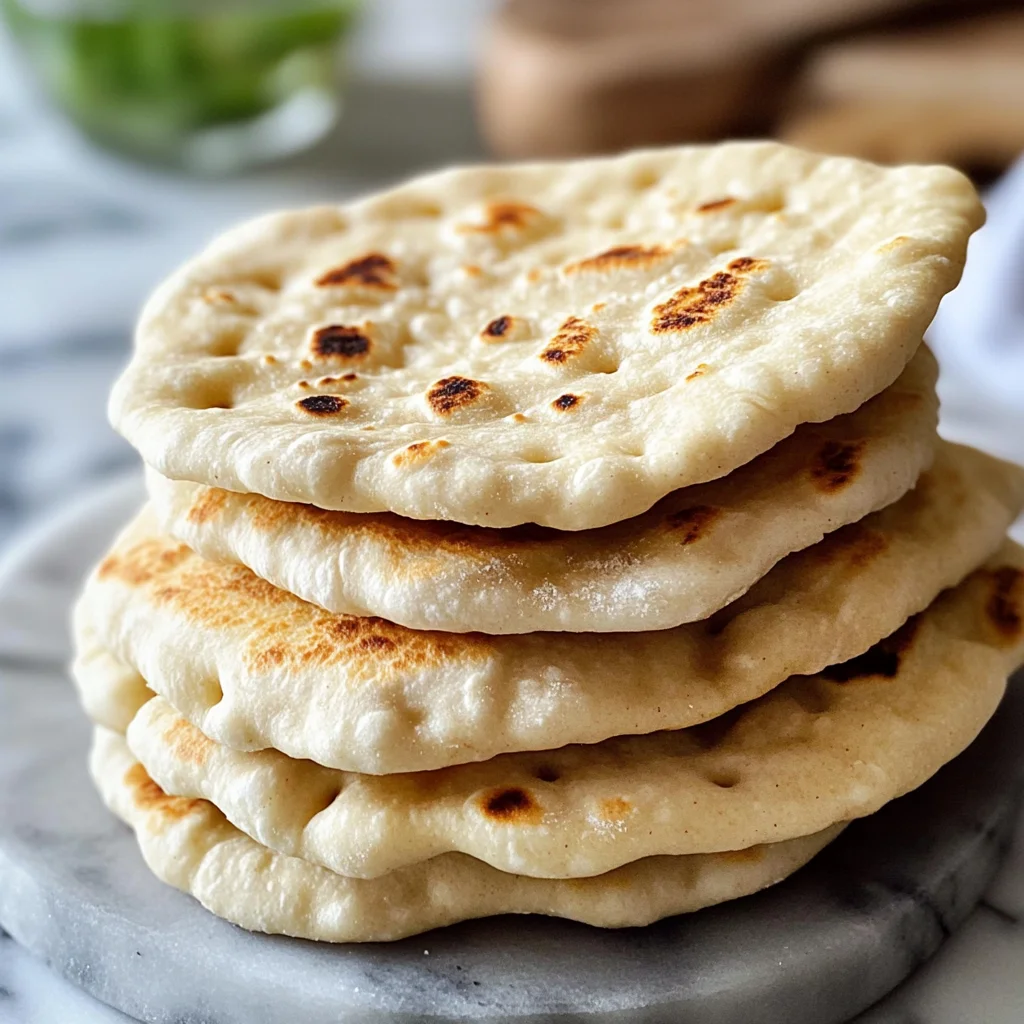
Ingredients
To make this delightful gluten-free pita bread, gather the following ingredients:
For the Dough
- 3/4 cup + 2 tbsp warm water
- 10 g fresh yeast (see notes)
- 1 1/2 tsp organic cane sugar
- 1 cup white rice flour (see notes for a version with regular flour)
- 2/3 cup tapioca flour
- 2 tsp psyllium husk powder
- 1/2 tsp salt
- 2 tsp oil
How to Make Gluten-Free Pita Bread
Step 1: Prepare the Yeast Mixture
- In a small bowl, combine warm water with fresh yeast and organic cane sugar.
- Stir gently and let it sit for about 5-10 minutes until frothy.
Step 2: Mix Dry Ingredients
- In a large mixing bowl, whisk together white rice flour, tapioca flour, psyllium husk powder, and salt until well combined.
Step 3: Combine Wet and Dry Mixtures
- Pour the yeast mixture into the dry ingredients.
- Add oil and stir until a dough forms. If it’s too sticky, add more rice flour as needed.
Step 4: Knead the Dough
- Lightly dust your work surface with some rice flour.
- Turn out the dough onto the surface and knead gently for about 2-3 minutes until smooth.
Step 5: Shape the Pitas
- Divide the dough into equal portions (about five).
- Roll each piece into a ball and then flatten it into a disk about 1/4 inch thick.
Step 6: Bake the Pitas
- Preheat your oven to 450°F (230°C). Place a baking sheet inside to warm up.
- Carefully transfer each flattened disk onto the hot baking sheet.
- Bake for about 5-7 minutes or until they puff up and lightly brown on top.
Enjoy your homemade gluten-free pita bread warm or let them cool before storing!
How to Serve Gluten-Free Pita Bread
Gluten-free pita bread is a versatile flatbread that can be enjoyed in many ways. Whether you’re using it as a wrap, a dipper, or a side, these serving suggestions will elevate your meal.
As a Wrap
- Stuffed with Fresh Veggies – Fill your pita with crisp lettuce, tomatoes, cucumbers, and bell peppers for a refreshing bite.
- Chicken or Turkey Salad – Spread a generous portion of chicken or turkey salad inside for a protein-packed lunch.
With Dips
- Hummus – Pair your pita with creamy hummus for a delicious dip that’s perfect for snacking.
- Baba Ganoush – This smoky eggplant dip complements the soft texture of the pita beautifully.
As a Side Dish
- With Soups and Stews – Use pita bread to scoop up hearty soups or stews; it’s an excellent alternative to traditional bread.
- Brushed with Olive Oil and Herbs – Lightly brush with olive oil and sprinkle herbs before baking for a flavorful side.
How to Perfect Gluten-Free Pita Bread
Perfecting gluten-free pita bread can be simple with just a few adjustments. Here are some tips to ensure your bread turns out fluffy and delicious every time.
- Use Warm Water – Start with warm water when activating yeast; it helps the yeast grow better for fluffier bread.
- Measure Ingredients Accurately – Proper measurements are key in gluten-free baking; use a kitchen scale if possible.
- Let Dough Rest – Allow the dough to rest after mixing; this helps develop flavors and improves texture.
- Preheat Your Oven – Ensure your oven is fully preheated before baking to achieve that perfect puff in your pitas.
Best Side Dishes for Gluten-Free Pita Bread
Gluten-free pita bread pairs wonderfully with various side dishes that complement its flavor and texture. Here are some great options:
- Tabbouleh Salad – A fresh blend of parsley, tomatoes, and bulgur wheat (or quinoa) that adds brightness to any meal.
- Greek Salad – Crisp cucumbers, ripe tomatoes, olives, and feta cheese create a classic Mediterranean pairing.
- Roasted Vegetables – Seasoned roasted vegetables offer warmth and earthiness that balance the softness of pita bread.
- Falafel Balls – These chickpea fritters are crispy on the outside and tender on the inside—perfect for stuffing into pitas.
- Tzatziki Sauce – A cool yogurt-based sauce made with cucumbers and garlic enhances the taste of the pita beautifully.
- Chickpea Stew – Hearty and nutritious, this stew makes an excellent companion for dipping with your pita.
Common Mistakes to Avoid
Making gluten-free pita bread can be tricky. Here are some common mistakes to watch out for:
-
Using cold water: Always use warm water to activate the yeast properly, ensuring your pita bread rises well.
-
Skipping the yeast proofing: If you’re using fresh yeast, always let it proof with sugar and warm water before adding it to the dry ingredients for best results.
-
Not measuring flour accurately: Too much or too little flour can affect the dough’s texture. Use a kitchen scale or proper measuring cups for accuracy.
-
Ignoring resting times: Allow the dough to rest as instructed. This helps develop the right texture and flavor in your gluten-free pita bread.
-
Overbaking: Keep an eye on your pita while baking. Overbaking can lead to dry, tough bread instead of soft, fluffy pitas.
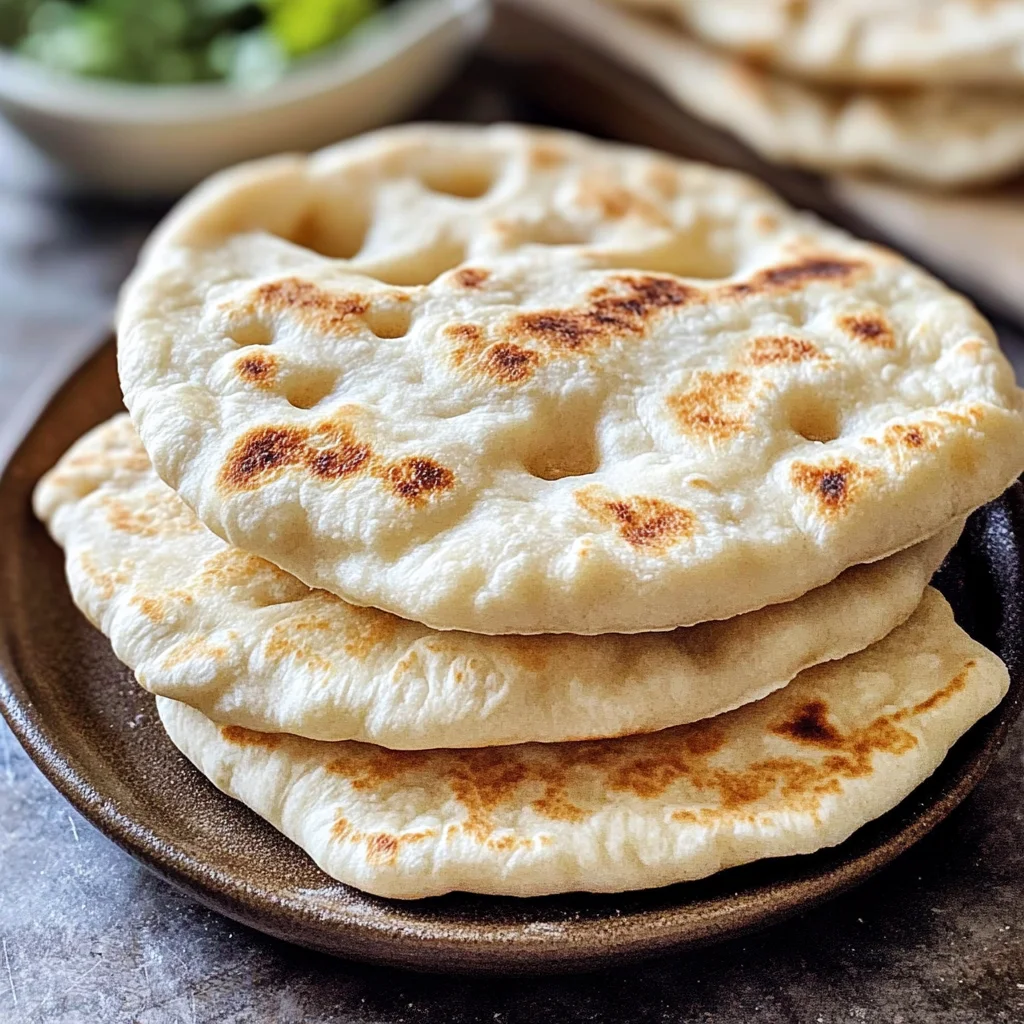
Storage & Reheating Instructions
Refrigerator Storage
- Store pita bread in an airtight container.
- It can last up to 4-5 days in the refrigerator.
- Make sure to let it cool completely before sealing the container.
Freezing Gluten-Free Pita Bread
- Wrap each pita individually in plastic wrap or foil.
- Place them in a freezer-safe bag or container.
- They can be frozen for up to 3 months.
Reheating Gluten-Free Pita Bread
- Oven: Preheat to 350°F (175°C). Wrap pitas in foil and heat for about 5-10 minutes until warm.
- Microwave: Place a damp paper towel over a pita and microwave for about 15-20 seconds until heated through.
- Stovetop: Heat a skillet over medium heat. Warm each pita for about 1-2 minutes on each side until soft and pliable.
Frequently Asked Questions
Here are some common questions regarding gluten-free pita bread:
What is Gluten-Free Pita Bread made of?
Gluten-free pita bread is made using rice flour, tapioca flour, psyllium husk powder, fresh yeast, and other basic ingredients that do not contain gluten.
How can I make Gluten-Free Pita Bread healthier?
You can add seeds or herbs to the dough for added nutrition and flavor without compromising its gluten-free properties.
Can I use other flours for Gluten-Free Pita Bread?
Yes! You can experiment with different gluten-free flours like almond flour or coconut flour; however, it may alter the texture slightly.
Is Gluten-Free Pita Bread suitable for vegans?
Absolutely! This recipe is vegan-friendly as it contains no animal-derived ingredients.
How do I keep my Gluten-Free Pita Bread from getting dry?
Ensure you store your pitas properly in airtight containers and consider reheating them with a damp towel if they seem dry.
Final Thoughts
This gluten-free pita bread recipe offers a tender, fluffy texture that pairs perfectly with dips, salads, or as a wrap. Its simplicity allows room for customization; try adding herbs or spices to enhance flavor. Enjoy making this versatile flatbread at home!
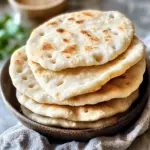
Gluten-Free Pita Bread
- Prep Time: 10 minutes
- Cook Time: 7 minutes
- Total Time: 17 minutes
- Yield: 5 servings 1x
- Category: Bread
- Method: Baking
- Cuisine: Mediterranean
Description
Discover the joy of homemade Gluten-Free Pita Bread that’s soft, fluffy, and incredibly easy to prepare! This delightful flatbread is perfect for wraps, dipping into your favorite spreads like hummus or baba ganoush, or serving alongside soups and salads. With just a handful of wholesome ingredients, you can whip up this versatile bread in about 30 minutes. It’s not only vegan-friendly but also a budget-friendly alternative to store-bought options. Elevate your meals effortlessly with this nutritious addition to your kitchen repertoire!
Ingredients
- 3/4 cup + 2 tbsp warm water
- 10 g fresh yeast
- 1 1/2 tsp organic cane sugar
- 1 cup white rice flour
- 2/3 cup tapioca flour
- 2 tsp psyllium husk powder
- 1/2 tsp salt
- 2 tsp oil
Instructions
- In a small bowl, mix warm water with fresh yeast and sugar; let it froth for 5-10 minutes.
- In a large mixing bowl, whisk together rice flour, tapioca flour, psyllium husk powder, and salt.
- Combine the yeast mixture with dry ingredients; add oil and stir until a dough forms.
- Knead the dough on a floured surface for about 2-3 minutes until smooth.
- Divide the dough into five portions; roll each into disks about 1/4 inch thick.
- Preheat your oven to 450°F (230°C), placing a baking sheet inside.
- Bake the disks on the hot sheet for 5-7 minutes or until puffed and lightly browned.
Nutrition
- Serving Size: 1 pita (60g)
- Calories: 150
- Sugar: 0g
- Sodium: 120mg
- Fat: 2g
- Saturated Fat: 0g
- Unsaturated Fat: 1g
- Trans Fat: 0g
- Carbohydrates: 32g
- Fiber: 2g
- Protein: 3g
- Cholesterol: 0mg

